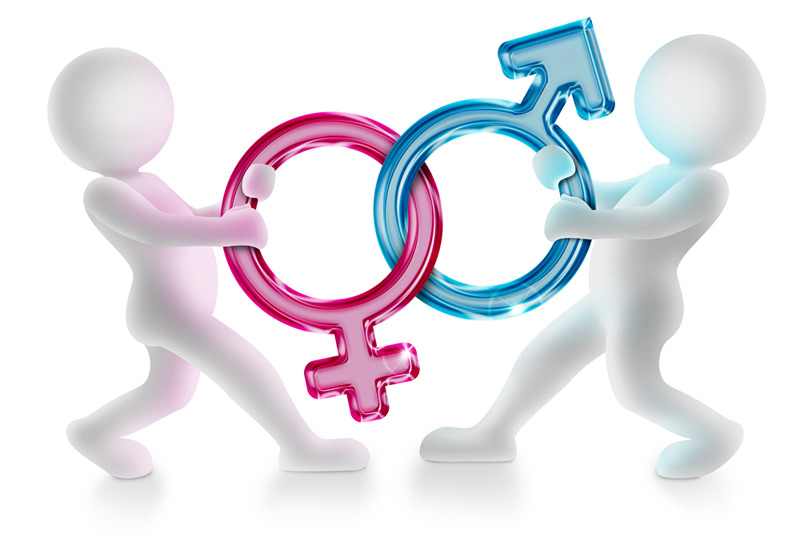Normal or Not? When One's Gender Identity Causes Distress

Editor's Note: With the release of the latest edition of the mental health manual, the Diagnostic and Statistical Manual of Mental Disorders (the DSM), LiveScience takes a close look at some of the disorders it defines. This series asks the fundamental question: What is normal, and what is not?
The latest edition of the mental health manual used by psychiatrists to diagnose disorders reveals a change in thinking on gender identity. The perspective change is similar to a decision made in 1973, when the American Psychiatric Association eliminated homosexuality from its disorders' list.
In the new edition of the Diagnostic and Statistical Manual of Mental Disorders (DSM-5), released on May 22, the now-defunct diagnosis of gender identity disorder (GID) receives a new name, gender dysphoria, which reflects a new emphasis.
Both GID and gender dysphoria describe a condition in which someone is intensely uncomfortable with their biological gender and strongly identifies with, and wants to be, the opposite gender. Some of these people may live as their desired gender, and may even seek gender reassignment surgery that can allow them to trade, for example, a penis for a clitoris and a scrotum for a vagina. [5 Surprising Facts About Gay Conversion Therapy]
In the old DSM-IV, GID focused on the "identity" issue — namely, the incongruity between someone’s birth gender and the gender with which he or she identifies. While this incongruity is still crucial to gender dysphoria, the drafters of the new DSM-5 wanted to emphasize the importance of distress about the incongruity for a diagnosis. (The DSM-5 uses the term gender rather than sex to allow for those born with both male and female genitalia to have the condition.)
This shift reflects recognition that the disagreement between birth gender and identity may not necessarily be pathological if it does not cause the individual distress, said Robin Rosenberg, a clinical psychologist and co-author of the psychology textbook "Abnormal Psychology" (Worth Publishers, 2009). For instance, many transgender people — those who identify with a gender different than the one they were assigned at birth — are not distressed by their cross-gender identification and should not be diagnosed with gender dysphoria, Rosenberg said.
Transgender people and their allies have pointed out that distress in gender dysphoria is not an inherent part of being transgender. This sets it apart from many other disorders in the DSM, because if someone is depressed, for example, he or she is, almost by definition, distressed as part of depression. In contrast, the distress that accompanies gender dysphoria arises as a result of a culture that stigmatizes people who do not conform to gender norms, Rosenberg said.
Sign up for the Live Science daily newsletter now
Get the world’s most fascinating discoveries delivered straight to your inbox.
In this regard, the change resembles the elimination of homosexuality from the manual 40 years ago.
"The concept underlying eliminating homosexuality from the DSM was recognizing that you can be homosexual and psychological healthy or be homosexual and psychologically screwed up. Being homosexual didn’t have to be the issue," Rosenberg said.
The DSM-5 also separates the diagnosis of gender dysphoria for children from that of adolescents and adults. The characteristics of gender dysphoria vary with age, and many children with gender dysphoria outgrow it as they age, the manual notes.
Follow us @livescience, Facebook & Google+. Original article on LiveScience.com.











